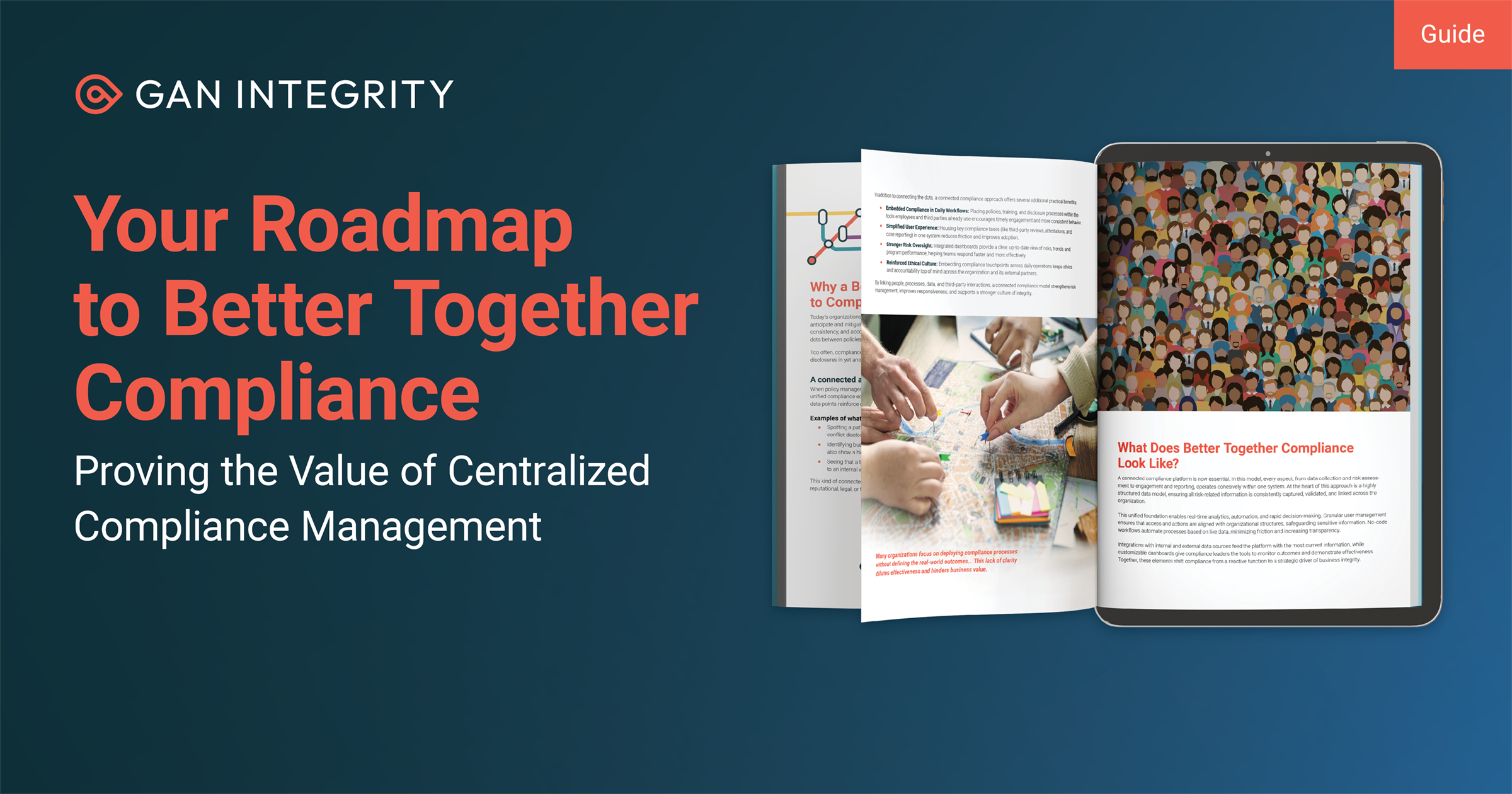In a world where risk evolves by the hour, even the most trusted third parties can shift from safe to sanctioned overnight.
Yesterday, the Chinese government announced sanctions on subsidiaries of Hanwha Ocean, a major global shipbuilder. Within minutes, the story was circulating across international and regional media. The news sent shares down by 8%.
While most compliance teams waited for watchlists and sanctions databases to update, AI-powered risk intelligence was already detecting the issue in real time.
For organizations relying on traditional due diligence, this kind of event underscores a harsh truth: risk moves faster than static data.
When the News Breaks Before the Database Updates
Sanctions and watchlists remain essential tools. They provide official, verifiable records that define who organizations can or cannot do business with. But these databases are reactive by nature; they record decisions made by authorities after extensive processes of investigation, validation, and review.
Meanwhile, reputational and operational risk begins moving long before those updates go live. The moment a story like the Hanwha Ocean sanctions breaks, public sentiment, partner confidence, and financial exposure start to shift, creating risk in real time.
Organizations depending solely on periodic screening or manual due diligence face a critical delay- by the time the sanctions list catches up, the risk has already matured.
That’s where AI-driven adverse media intelligence bridges the gap.
Real-Time Signals in Action
Within minutes of the Hanwha Ocean news emerging, GAN Integrity’s AI solutions, Enrich and Essential, flagged the development through adverse media monitoring.
AI continuously scans global and local sources in multiple languages, detecting relevant mentions, categorizing risk types, and prioritizing alerts based on severity and context. The system identified coverage connecting Hanwha’s subsidiaries to China’s newly announced sanctions, ensuring compliance teams were notified immediately, before any manual updates to external databases.
This isn’t about beating the news cycle for its own sake. It’s about buying time, the most valuable asset in risk management. Early visibility allows organizations to:
- Pause transactions or engagements linked to the sanctioned entity
- Activate escalation workflows to assess exposure
- Communicate proactively with internal stakeholders and regulators
- Reassure partners and investors with evidence of immediate action
Without those early warning signals, teams risk reacting too late, often under pressure, with limited options.
AI-Powered Awareness: From Headlines to Action
The advantage of AI in third-party risk management isn’t simply speed; it’s precision.
While adverse media monitoring has existed for years, it often overwhelmed teams with noise: duplicated stories, irrelevant content, and unclear context. GAN’s AI technology filters and structures this data, ensuring that only meaningful, high-impact signals reach compliance teams.
- Contextual insight: AI links each article or mention to the correct third party, even across subsidiaries and ownership structures.
- Relevance scoring: Natural language models assess the severity, reliability, and type of risk involved.
- Workflow integration: Alerts are automatically routed into your due diligence and approval processes for rapid review and documentation.
- Lifecycle coverage: Continuous monitoring ensures that once a third party is onboarded, its risk profile never sits idle.
The result is clear: less noise, faster context, and stronger decisions.
Why Speed Now Defines Compliance Resilience
The Hanwha Ocean development is not an isolated event, it’s a preview of the future of compliance.
Sanctions, enforcement actions, and reputational risks are increasingly fluid, politically driven, and amplified by the global information ecosystem.
Static data will always play a role, but it’s no longer sufficient on its own. The compliance programs that stay ahead are those that can:
- Detect new risk signals as they emerge
- Validate and act before enforcement formalizes
- Continuously recalibrate third-party relationships as conditions evolve
AI doesn’t replace human judgment, it empowers it. By surfacing relevant intelligence at the moment it matters most, compliance teams can shift from reaction to readiness.
The Bottom Line
When risk moves in real time, visibility is everything.
The Chinese government’s sanctions on Hanwha Ocean subsidiaries illustrate how quickly a trusted partner can become a threat to your operations, and how easily a company can be caught unprepared if it’s waiting for the next data refresh.
With AI-driven adverse media and continuous due diligence, organizations gain the agility to see what’s changing, act decisively, and protect their reputation before the fallout begins.
Because in third-party risk management, the question isn’t if things will change, it’s whether you’ll know before it happens.
See our Third-Party Risk Management and AI due diligence solutions in action.

Colin Campbell is Gan Integrity's Strategic Product Marketing and Analyst Relations leader with over 15 years of experience in the SaaS software and tech industry. Colin has led analyst relations and product marketing growth strategies in North America, EMEA, UK and APAC, growing revenues in multiple industries. At GAN Integrity, Colin drives market expansion, demand generation and significantly enhancing customer retention, with a talent for aligning marketing strategies with business goals to deliver results.
